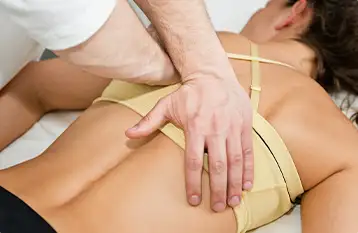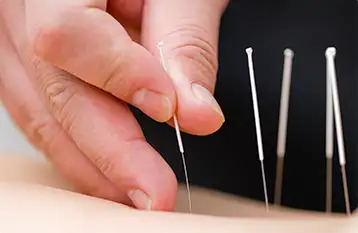Redefine Your Health.

Chiropractic Care
Chiropractic care can provide much more than pain management. Correct spinal alignment results in a properly functioning nervous system, which improves general wellness and helps to heal the overall body.

Women’s Health
Women face unique health challenges, many of which can be treated through chiropractic care. We will meet with you to not only evaluate what your current health concerns are, but also what health goals you want to achieve.

Acupuncture
By restoring energy flow, acupuncture treatment stimulates the body’s own healing responses, supporting its ability to regulate itself and correct imbalances in function.

Do you struggle with
your health?
Surgery shouldn’t be your first option. Neither should taking a prescription.
Get StartedFounded in 2014 by chiropractor and acupuncturist Dr. Steven Loehr, Loehr Health Center quickly grew from a chiropractor and acupuncturist clinic in Springfield, MO to a multi-location healthcare practice. It is now known in 417-land as the go-to place for patients seeking a holistic approach to their health goals.
At Loehr Health Center, we’re ready to help.
Our doctors provide chiropractic services, acupuncture, and other health care treatments to promote healing, encourage overall wellness, and empower you and your family to live naturally.
Schedule Appointment


